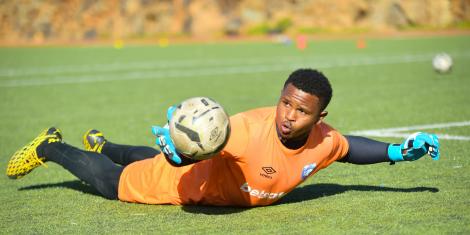
A sportsman needs maximum energy levels at all times. When your body needs this, it draws most of the much needed energy from glycogen stores. This is manufactured from the food one consumes. The molecules are stored in one’s liver and muscles.
What one eats and how often you do it influences how the body stores and uses glycogen. Low-carb and ketogenic diets, as well as strenuous exercise, all deplete glycogen stores, causing the body to burn fat for energy.
Glycogen Production and Storage
Most of the carbohydrates eaten by somebody is normally converted to glucose which is the main source of energy. When the body doesn't need fuel, the glucose molecules are linked together in chains of eight to 12 glucose units which form a glycogen molecule.
When one eats a carbohydrate-containing meal, the blood glucose level will rise in response.
Increased glucose signals the pancreas to produce insulin, a hormone that helps the body take up glucose from the blood for energy.
Insulin instructs the liver cells to produce an enzyme called glycogen synthase that links chains of glucose together.
As long as glucose and insulin remain plentiful, glycogen molecules can be delivered to the liver, muscles, and even fat cells for storage.
Glycogen makes up around 6% of the liver's total weight. Far less is stored in the muscles (only around 1% to 2%), which is why we run out of energy quickly during strenuous exercise.
The amount of glycogen stored in these cells can vary depending on how active you are, how much energy you burn at rest, and the types of food you eat. Glycogen stored in muscle is primarily used by the muscles themselves mainly to the brain and spinal cord.
Glycogen should not be confused with the hormone glucagon, which is also important in carbohydrate metabolism and blood glucose control.
How The Body Uses Oxygen.
At any given time, there are about 4 grams of glucose in one's blood. When the level begins to decline—either because you have not eaten or are burning glucose during exercise—insulin levels will also drop.
When this happens, an enzyme called glycogen phosphorylase starts breaking glycogen down to supply the body with glucose. For the next eight to 12 hours, glucose derived from liver glycogen becomes the body's primary energy source.
One's brain consumes more than half of the body's blood glucose during periods of inactivity. Over the course of an average day, the brain's demand for glucose accounts for about 20% of your body's energy needs.
Next time we will talk about the importance of Carbohydrates for exercise.
